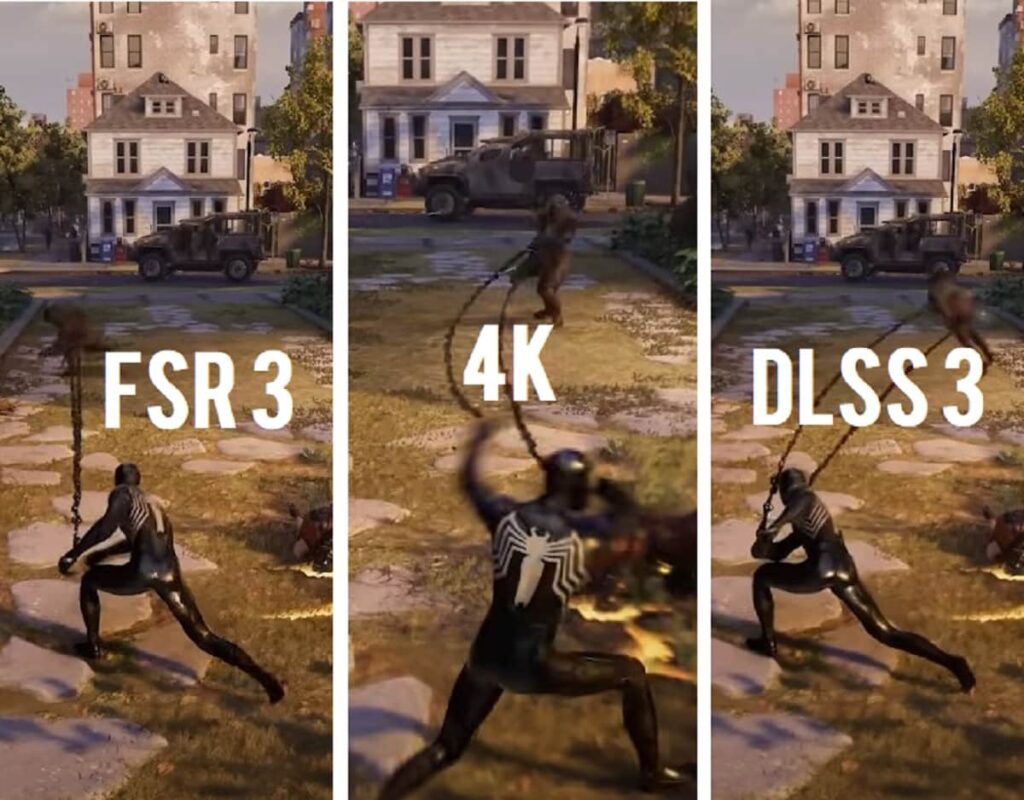When it comes to technology, different companies have distinct philosophies. Apple and Nvidia are two giants in the tech world, but their approaches to technology couldn’t be more different. Apple thrives on a closed ecosystem where everything is tightly controlled, while Nvidia champions a more open source approach, embracing adaptability and collaboration. Let’s break down these two strategies and see how they stack up.
Key Takeaways
- Apple’s Closed Ecosystem ensures seamless integration and high security but limits flexibility and customization.
- Nvidia’s Open Source Approach promotes innovation and adaptability, but can sometimes be more complex to navigate.
- Choosing between the two depends on your priorities: streamlined, secure experiences with Apple, or customizable, collaborative solutions with Nvidia.
Introduction
Imagine driving a car with an engine that only works with certain parts or accessories. That’s similar to what Apple’s closed ecosystem is like—it’s all about control and integration. On the other hand, Nvidia’s open source approach is like having a customizable car where you can tweak and upgrade parts as you wish. Both strategies have their advantages and challenges. Here’s a closer look at how these approaches impact you.
Apple’s Closed Ecosystem
Apple is renowned for its closed ecosystem. This means that Apple designs both the hardware and software for its products, creating a tightly integrated environment.
Advantages of Apple’s Closed Ecosystem:
- Seamless Integration: Apple’s products, like iPhones, iPads, and Macs, work together effortlessly. For example, you can start a project on your iPhone and pick it up on your Mac without missing a beat.
- Enhanced Security: By controlling the entire ecosystem, Apple can enforce strict security measures. This helps protect your data from threats and ensures that all apps meet high standards.
- Consistent User Experience: Apple’s closed approach ensures that all devices have a uniform user experience. The look and feel of iOS and macOS are consistent across all devices, making it easy to use.
Challenges of Apple’s Closed Ecosystem:
- Limited Customization: You’re mostly stuck with Apple’s way of doing things. Customizing hardware or software is more restricted compared to other systems.
- Higher Costs: Apple products can be more expensive than their competitors, partly because of the premium experience they offer.
- Compatibility Issues: If you use devices or services outside the Apple ecosystem, you might face compatibility issues. For instance, transferring files from an iPhone to a Windows PC can be cumbersome.
Nvidia’s Open Source Approach
Nvidia takes a different route with its open source approach. While Nvidia does offer proprietary hardware and software, it also supports and contributes to a variety of open source projects.
Advantages of Nvidia’s Open Source Approach:
- Flexibility and Customization: Nvidia’s open source strategy allows developers and users to tweak and customize software and hardware. For example, if you’re a developer, you can modify Nvidia’s software to better fit your needs.
- Innovation and Collaboration: Open source encourages collaboration and innovation. Nvidia’s support for frameworks like CUDA (Compute Unified Device Architecture) has led to significant advancements in AI and machine learning.
- Broad Compatibility: Nvidia’s technology often supports a wide range of devices and systems. This can make integrating Nvidia products with other technologies easier.
Challenges of Nvidia’s Open Source Approach:
- Complexity: The flexibility of open source can also lead to complexity. Users and developers may need to spend more time managing and configuring systems.
- Security Concerns: Open source projects can be more vulnerable to security risks if not managed properly. While Nvidia provides robust security, the nature of open source means that vulnerabilities can sometimes be exposed more readily.
- Inconsistent User Experience: Because open source allows for so much customization, the user experience can vary widely. This might be less appealing to users who prefer a streamlined, uniform experience.
Real-Life Examples
Apple’s Ecosystem:
- iCloud: Apple’s iCloud service allows you to store photos, documents, and backups across all your Apple devices. This integration makes it easy to access your data from anywhere but is limited to Apple’s ecosystem.
- AirPods: Apple’s AirPods seamlessly connect with iPhones and other Apple devices. Features like automatic device switching and spatial audio work best within the Apple ecosystem.
Nvidia’s Open Source Approach:
- CUDA: Nvidia’s CUDA platform is widely used in scientific computing and AI research. It’s an example of how open source support can drive innovation in high-performance computing.
- Nvidia GPUs: Many gaming PCs and workstations use Nvidia GPUs for their performance. Nvidia’s open approach ensures that their graphics cards work well with a variety of software and systems.
Conclusion
Choosing between Apple’s closed ecosystem and Nvidia’s open source approach largely depends on your priorities. Apple’s closed ecosystem offers a seamless, secure experience with tightly integrated hardware and software. If you value consistency and ease of use, Apple might be the way to go.
On the other hand, Nvidia’s open source approach provides flexibility, customization, and broad compatibility. If you’re interested in innovation and don’t mind a bit of complexity, Nvidia’s technology could be a better fit.
Both strategies have their strengths and challenges, and understanding these can help you make more informed decisions about the technology that best meets your needs. Whether you prefer the sleek integration of Apple or the adaptable solutions of Nvidia, knowing what each offers will help you get the most out of your tech experience.



